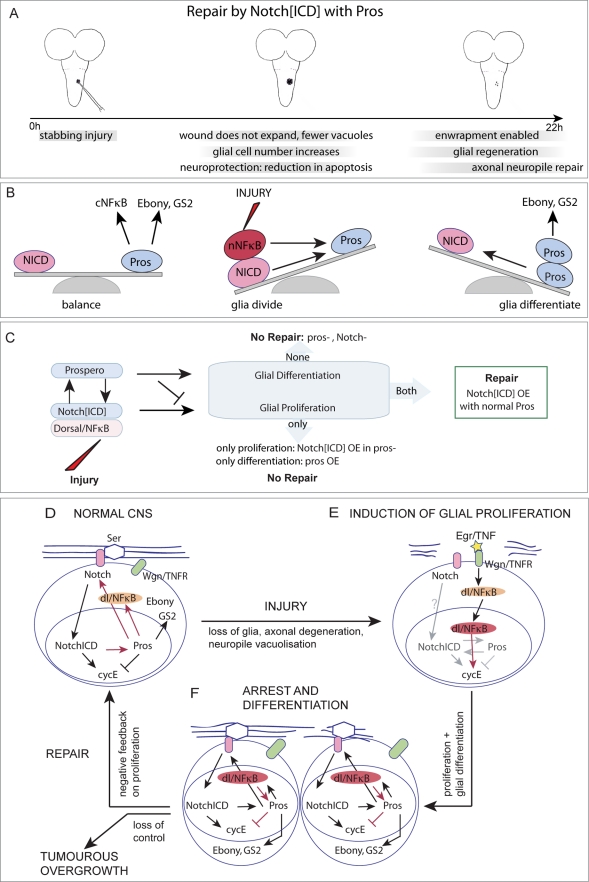Figure 11. The GRR gene network is a homeostatic mechanism for structural robusntess that enables the glial regenerative response to CNS injury.
(A) Over-expression of NotchICD in glia in the presence of Pros promotes repair. (B) In the normal intact larva, the balance between NotchICD and Pros keeps IG in the brink of dividing. Pros also promotes the expression of cytoplasmic NFκB and of the glial differentiation factors Ebony and GS2. Upon injury NFκB translocates to the nucleus increasing the relative levels of cell cycle activators, and glia divide. NFκB and NotchICD activate Pros expression, and as Pros levels rise, Pros halts further glial cell division and promotes glial differentiation. Pros also promotes Notch expression, thus restoring the original balance. (C) Altering normal gene function prevents or enhances repair. When glial proliferation and differentiation are both disrupted in Notchts1 or pros mutants, both the glial and axonal lesions enlarge, exacerbating the damage. Promoting only glial proliferation (with NotchICD) or differentiation (with Pros) is not sufficient for repair. The regenerative effect of NotchICD depends on increasing glial number plus Pros inducing glial differentiation. (D,E,F) Feedback loops result in a homeostatic mechanism for structural robustness: (D) Pros activates the expression of Notch and NotchICD activates the expression of pros, and as they have opposite functions in the cell cycle this positive feedback maintains glia with a potential to divide. Pros and NotchICD levels do not rise uncontrollably as axon-glia interactions between Serrate and membrane Notch constrain the levels of nuclear NotchICD (negative feedback). Pros also activates the expression of NFκB in glia, which is inactive in the cytoplasm but primes glia to respond to injury. (E) Injury induces the activation of Wgn/TNFR by Egr/TNF, and the nuclear translocation of NFκB, which promotes glial proliferation. (F) Dorsal/NFκB also activates the expression of pros, and as the levels of Pros rise in daughter cells, this halts further cell division. This in turn re-establishes the Pros-Notch loop and cell cycle arrest. Pros promotes glial differentiation inducing axonal enwrapment and enabling future glial responses to injury (e.g. phagocytosis). Although Pros and NFκB maintain each other (positive feedback), their levels are constrained as NFκB is normally kept inactive in the cytoplasm (negative feedback). The cell cycle activators Notch and Dorsal/NFκB activate the expression of the cell cycle inhibitor Pros, providing negative feedback on cell division. When these feedback loops break down, tumourous over-growth ensues. Thus this gene network is homeostatic.

